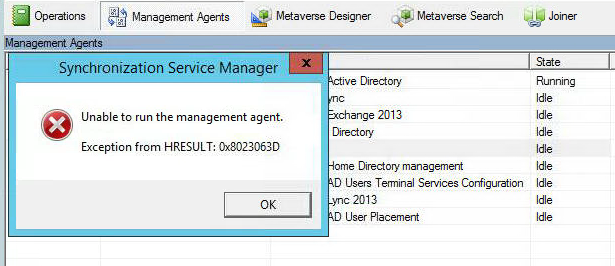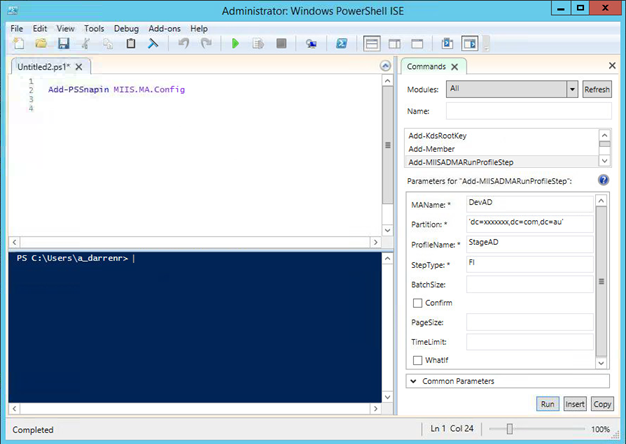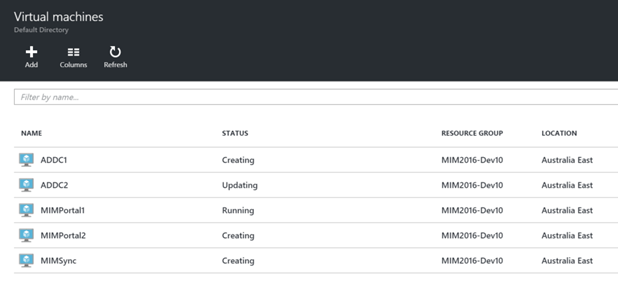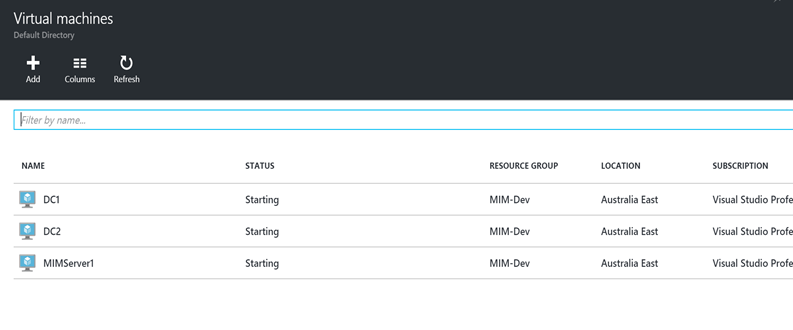Exception from HRESULT 0x80230729 creating a new FIM/MIM Management Agent
Another day, another piece of FIM/MIM experimentation. I had built a fresh MIM 2016 environment in Azure to test a few scenarios out. That all went quick and seamlessly thanks to some great templates and a few scripts. Until I came to create the management agent (the purpose of today’s experimentation).
It didn’t matter if I tried to Create a New Management Agent or Import the Management Agent. I just got “Exception from HRESULT 0x80230729”. The common element however was that the Management Agent I was creating was based off a 3rd party MA based on Microsoft’s Extensible Connectivity Management Agent (ECMA).… [Keep reading] “Exception from HRESULT 0x80230729 creating a new FIM/MIM Management Agent”





